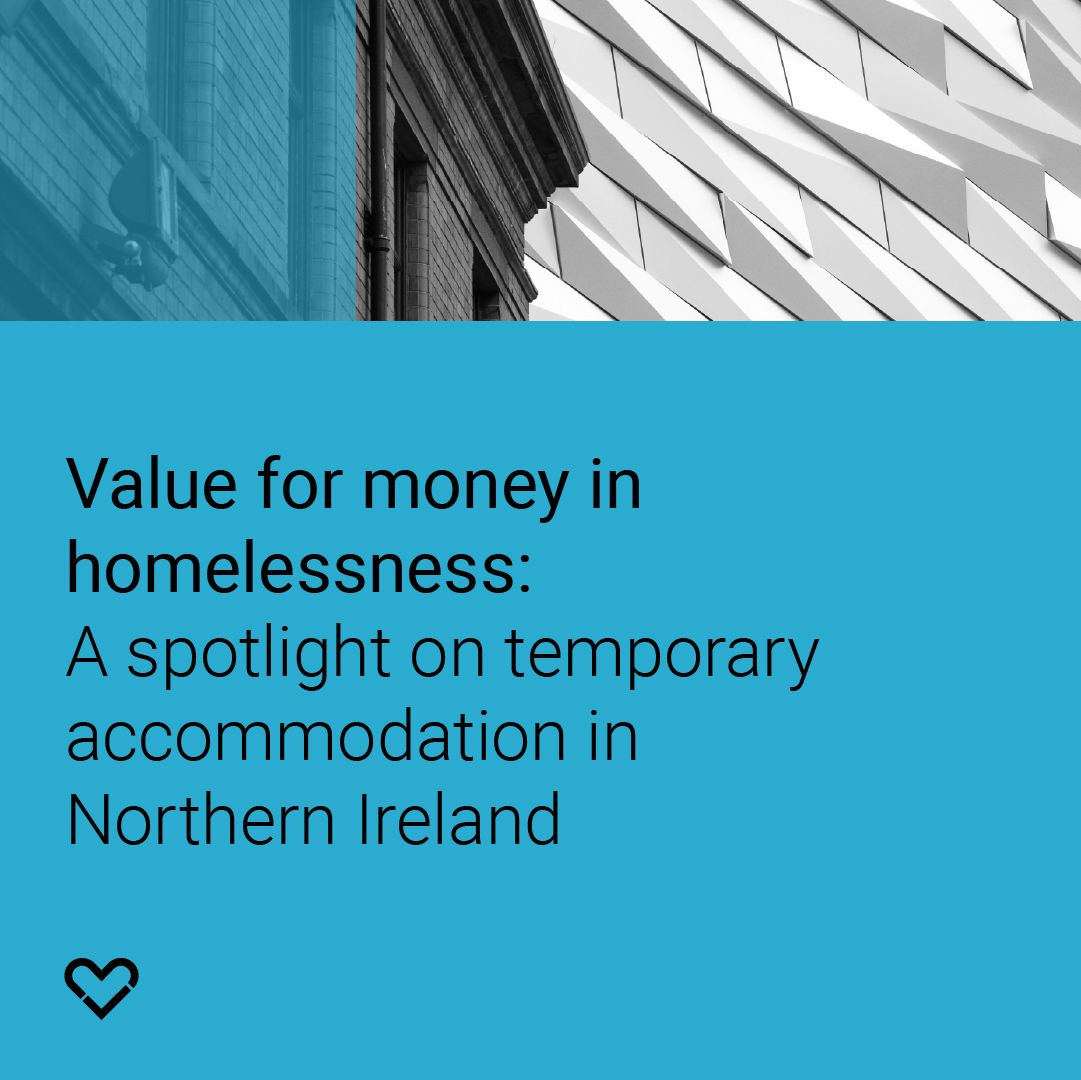Improving access to health and social care services for individuals experiencing or at risk of experiencing homelessness
Outline of the study
This systematic review examined interventions to improve access to health and social care services for people experiencing or at risk of experiencing homelessness. The research synthesised evidence from 47 quantitative and 10 qualitative studies from multiple countries to understand what service level changes work in removing barriers to healthcare access and how these interventions can be effectively implemented.
The research considered a range of interventions, including assertive community treatment and case management, Housing First and peer support models and service access barriers, relating to availability, affordability, and acceptability (ie: health and social care professionals’ preparedness to address individuals’ needs).
Findings in brief
- There was a moderate increase in health and social care utilisation for people receiving access interventions compared to those receiving standard care
- 85% of interventions sought to increase service availability and accessibility, 15% addressed both availability and acceptability. Only one intervention focused on affordability
- Almost all quantitative studies (43/47) came from the USA and therefore may not be replicable to other national contexts
- Evidence quality is considered low, with only 9/29 randomised trials at low risk of bias and no quasi-experimental studies
- There are gaps in studies and data to assess the effects of different types of intervention, including multi-component interventions, on other outcomes
- Service users experienced measurable improvements in their quality of life, social support and number of A&E visits
- There was minimal change from interventions in terms of reduced hospital admissions, substance use, mental health, arrests, and employment status
- Qualitative evidence highlighted the importance of trauma-informed and psychologically-informed environments in improving service acceptability
- Strong, trusting relationships between service users and staff, clear role definition, joint decision-making, service location, timeliness of access and collaboration between statutory and voluntary sector partners were also considered key to service engagement
- Involving people with lived experience of homelessness in service design and delivery improved service user engagement and outcomes.
Recommendations in brief
- Invest in training for frontline staff, to help their development of strong, trusting relationships with service users and to deliver person-centred support
- Ensure all services working with homeless people can implement trauma-informed and psychologically-informed support
- Involve people with lived experience of homelessness in service design, delivery, and evaluation
- Ensure flexible service delivery, through offering support which can vary in intensity according to service users’ individual circumstances and changing needs
- Ensure that people experiencing homelessness have genuine choice and control around how they engage with services, support plans and accommodation options
- Offer services and support outside office working hours, to increase accessibility to service users, such as those in work
- Improve coordination between statutory, voluntary and community organisations, including through joint protocols and single access points
- Provide high-quality training for health and social care professionals around emotional awareness, communication skills, and the needs of people experiencing homelessness
- Carry out more testing of individual elements of interventions, to assess impact on service access and other outcomes.
No items found.





.jpg)

